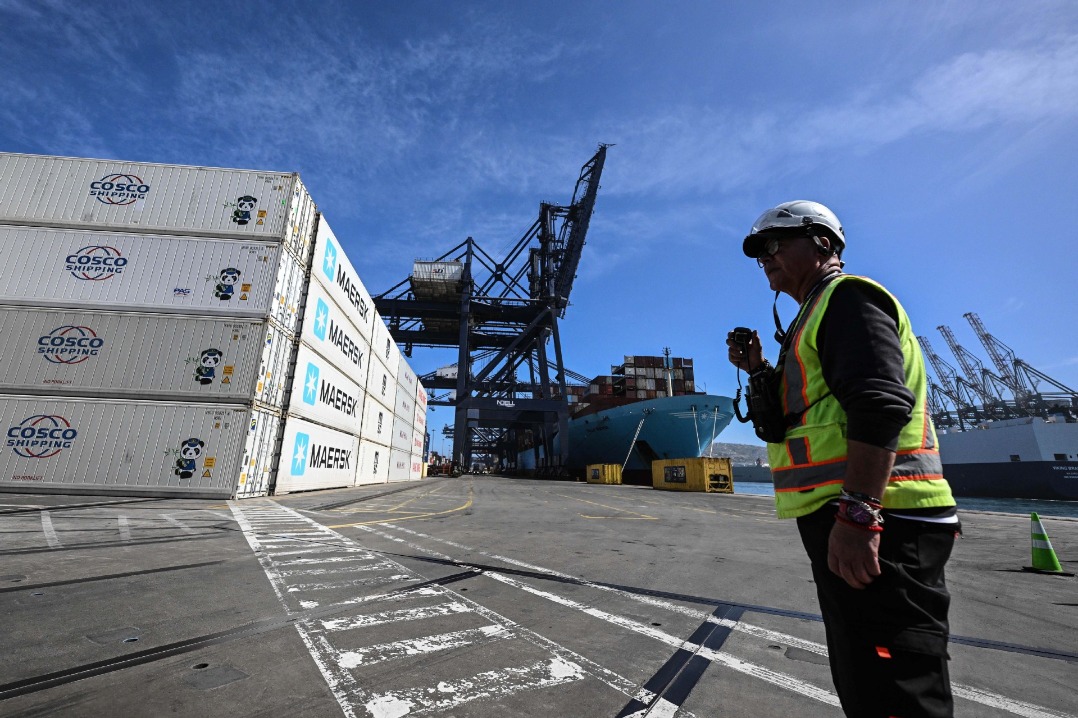Collaboration can accelerate move toward green tech 'tipping point'


The ongoing United Nations COP26 Climate Change Conference has introduced coordinated action plans developed by the United Kingdom, United States, China, and other major players to rapidly adopt green technologies by driving down their costs.
The global transfer from fossil fuels to renewable sources is one that is technically possible; however, the economic challenge of implementing it is another story.
From COP26, it is clear that the will exists among the significant players and that a global transition is necessary for success.
One of the most practical plans devised at the conference is the Green Grids initiative. It aims to create an international project of supergrids across all continents that can link up and connect sunny deserts to population centers. Solar energy is capable of generating immense amounts of power, and it is easy to forget that it is the most abundant source of energy on Earth and is readily available all around us. China is a world leader in solar technologies, investing millions of dollars each year into research and development to further bring costs down.
Stubbornly difficult to innovate at the same rate as other fields, energy storage and transfer has so far been a major limiting factor in the fight against global climate change. By being able to transfer electricity reliably from renewable sources to major cities, supergrids could be the solution. The same infrastructure can also be used to connect power generated from wind farms from the coast to large municipal areas to accelerate progress further.
The Green Grids initiative will improve the practicality of using renewable energy. However, to become truly accessible, costs must also be lowered. This will mainly be achieved through an increased uptake in production affecting economies of scale, and also through timely improvement in design efficiencies and materials.
Studies carried out by the University of Oxford predict that battery storage technology and hydrogen electrolysers, both instrumental in hydrogen energy production, could fall in price by as much as 45 percent by 2030, and 75 percent by 2050. Economies of scale mean that costs have already been driven down for the likes of solar panels and LED light bulbs. Once the same effect occurs in other game-changing technologies, progress will accelerate.
Beijing is committed to leading the charge as a key player in the fight against climate change. Making significant pledges ahead of COP26, China promised to reach net-zero for carbon emissions by 2060. Despite each Chinese citizen having a carbon footprint that is half the size of the average for a US citizen, pledges have been dramatic and include the withdrawal of involvement in all new overseas coal power stations. Practical solutions discussed at the summit such as Green Grids, if successful, are likely to be emulated across the world.
The pooling of resources and technical know-how will only serve to accelerate this process. International collaboration results in faster innovation. One only has to look at the rapid development of effective COVID-19 vaccines to see how powerful global scientific collaboration can be.
A major buzzword from COP26 is the concept of "tipping points", milestones when it makes economic sense for existing green technologies to be widely adopted. Through the combined will and shrewd effort of China and other major economies, this point may hopefully be reached sooner rather than later.































